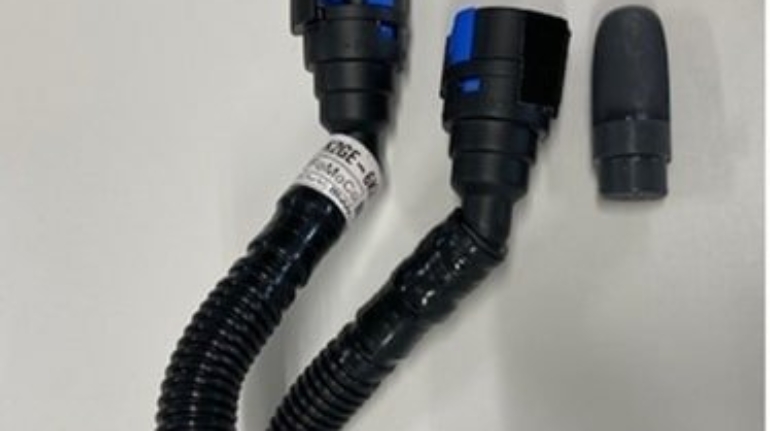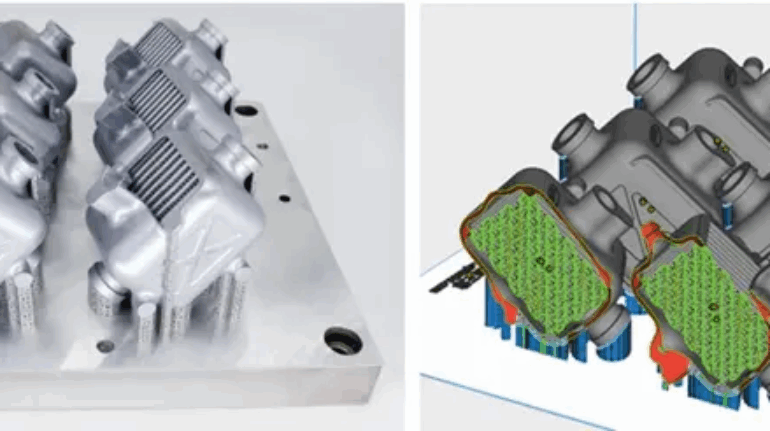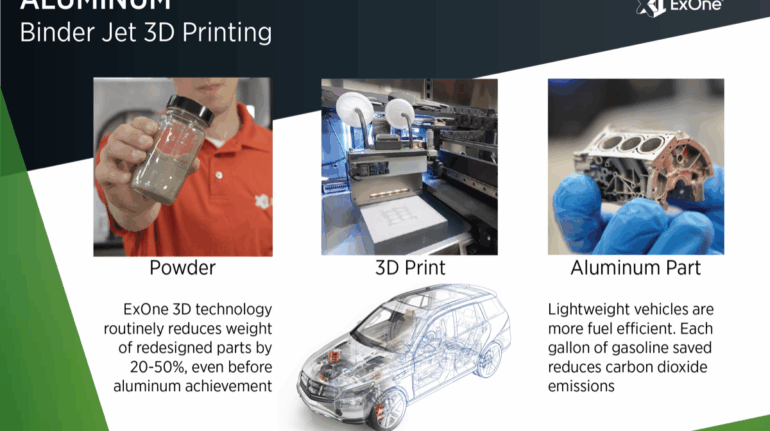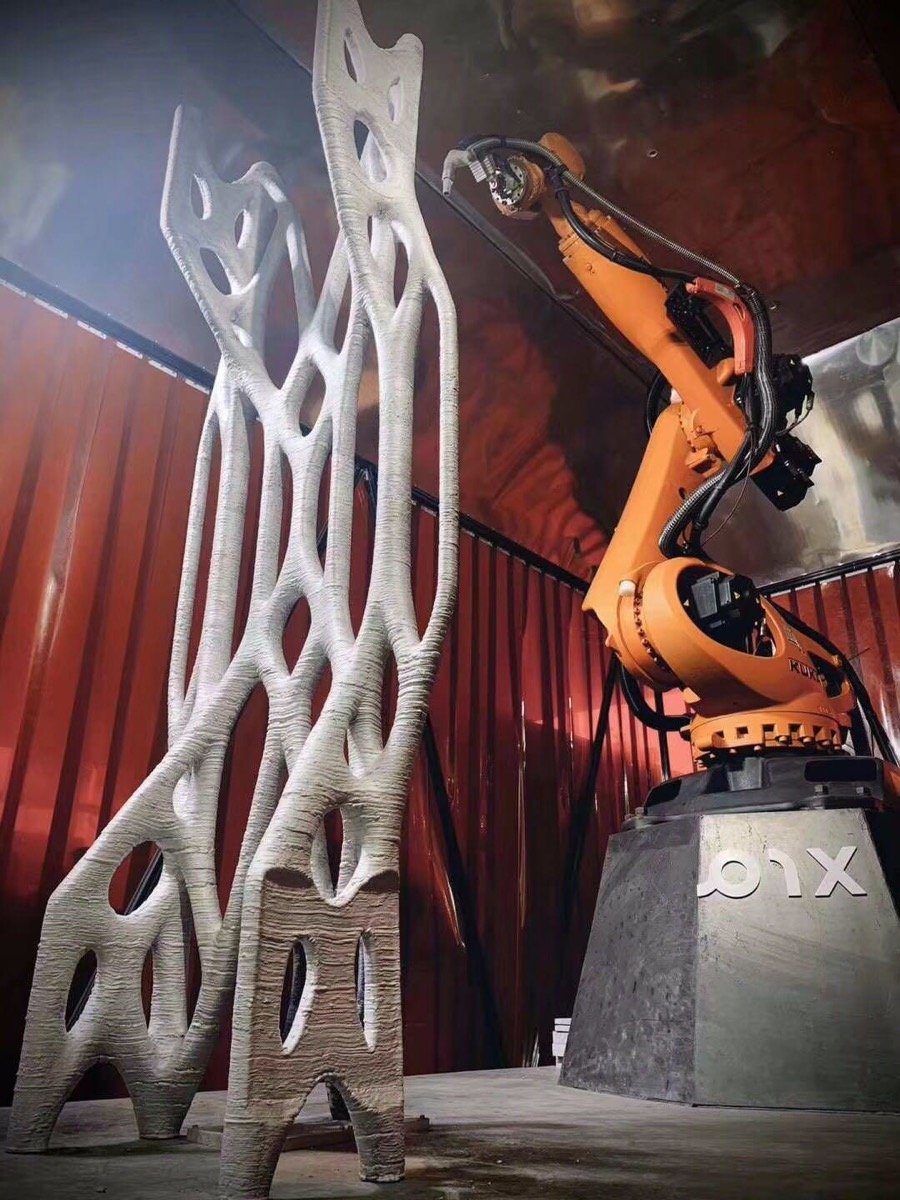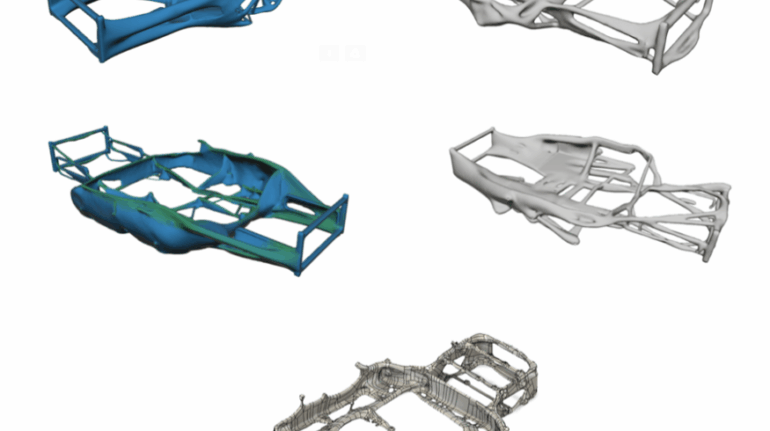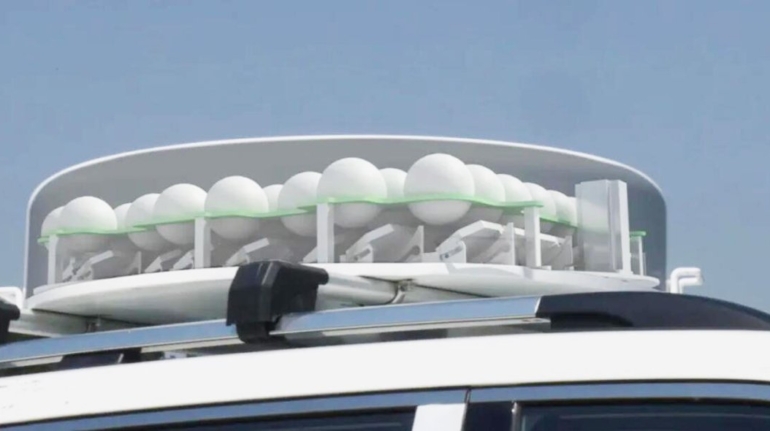Ford Adopts Form 3L 3D Printers from Formlabs
Ford Spain is the first car manufacturer in Europe to use the Form 3L, a larger format 3D printer from photopolymerization 3D printer OEM Formlabs. Ford Body and Assembly in Valencia uses the Form 3L to produce plastic caps that are used in a vacuum test to check engines for leakages. 3D printing helps Ford to prototype new tools and produce specific parts in less time and for a lower cost than with traditional manufacturing.

